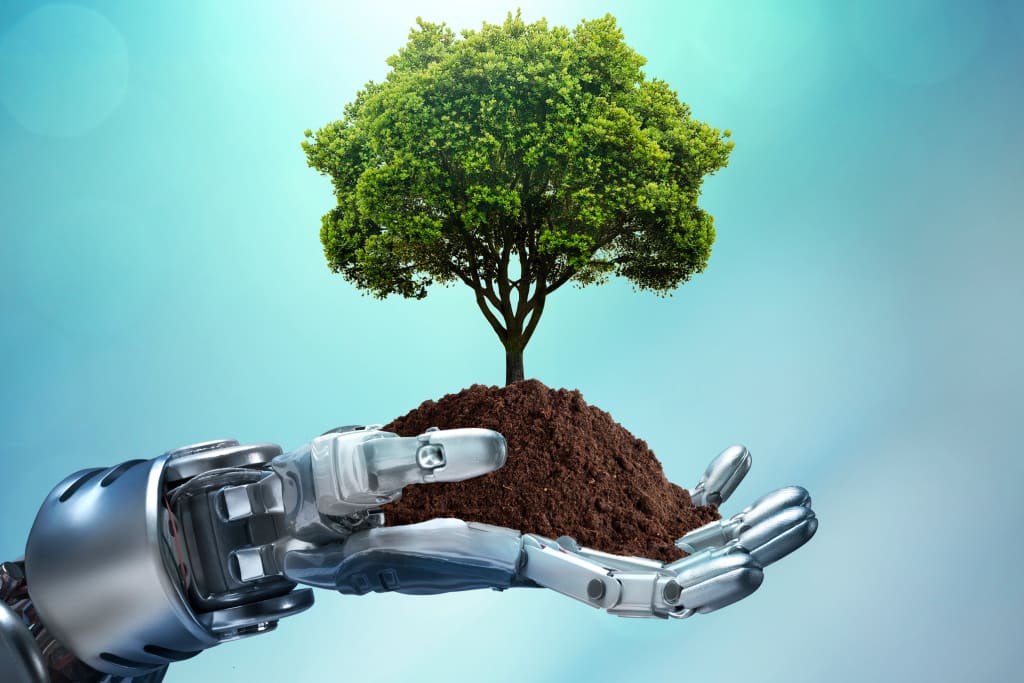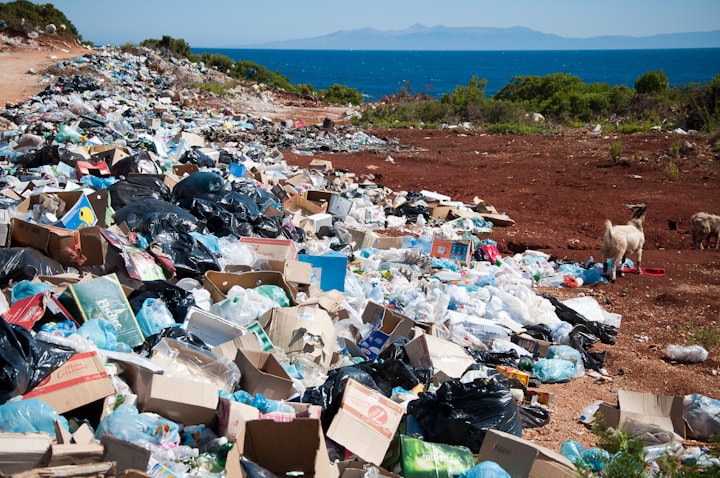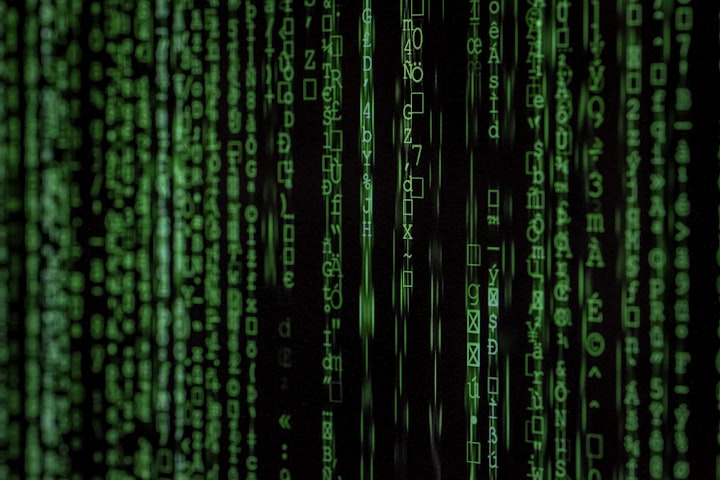
1. Job displacement

Job displacement refers to the loss of employment that occurs when workers are replaced by technology, automation, or outsourcing. As technology continues to advance, many jobs that were previously performed by humans are now being done by machines or algorithms. This has resulted in significant job losses in certain industries and has contributed to income inequality in many societies.
While technology has the potential to increase efficiency and productivity, it also has the potential to displace workers and disrupt labor markets. For example, automation in manufacturing and retail has led to significant job losses in these industries. On the other hand, technological advancements have also created new jobs in areas such as software development, data analysis, and cybersecurity.
The impact of job displacement can be mitigated by implementing policies that support workers in transition, such as job retraining programs, unemployment benefits, and wage subsidies. Additionally, governments and businesses can collaborate to invest in education and training programs that prepare workers for the jobs of the future.
2. Increased connectivity

Increased connectivity refers to the improved ability of people and organizations to communicate and exchange information as a result of advancements in technology. The rise of the internet, mobile devices, and social media platforms has greatly expanded the reach and speed of communication, connecting people across the globe.
Increased connectivity has brought numerous benefits to society, including:
• Improved communication: The ease of communication has allowed people to stay in touch with friends and family, regardless of their location.
• Increased access to information: The internet has provided access to a vast array of information, making it easier for people to learn and grow.
• Enhanced collaboration: Technology has enabled remote collaboration, allowing people to work together on projects from different locations.
• Greater convenience: Technology has made many everyday tasks easier and more convenient, from shopping to banking.
However, increased connectivity has also brought new challenges, including:
• Cybercrime: The internet has created new forms of crime, such as hacking, cyber-bullying, and identity theft.
• Addiction: The excessive use of technology can lead to addiction and other negative impacts on mental health.
• Decreased privacy: The increased amount of personal information shared online has raised concerns about privacy and the protection of personal data.
3. Environmental degradation

Environmental degradation refers to the decline in the quality of the natural environment, often as a result of human activities. The production, use, and disposal of technology and electronic devices have significant environmental impacts, including:
• E-waste: Electronic waste, or e-waste, is a growing problem as more and more electronic devices become obsolete and are discarded. E-waste contains toxic materials such as lead, mercury, and cadmium that can harm the environment and human health.
• Resource depletion: The production of electronic devices requires the extraction of finite natural resources such as minerals, metals, and fossil fuels, leading to the depletion of these resources.
• Energy consumption: The use of technology requires significant amounts of energy, leading to increased greenhouse gas emissions and other environmental impacts.
• Pollution: The production of electronic devices generates pollutants such as chemicals, heavy metals, and greenhouse gases, contributing to air and water pollution.
• Biodiversity loss: The production of electronic devices can also lead to the destruction of habitats and the loss of biodiversity, particularly in areas where resources are extracted.
To mitigate the environmental impacts of technology, it's important to implement sustainable practices in the production and disposal of electronic devices. This can include reducing e-waste by designing products for repair and reuse, using renewable energy in production, and promoting the responsible disposal of e-waste. Additionally, consumers can play a role by choosing products that are environmentally friendly and reducing their overall use of technology.
4. Mental health

Mental health refers to a person's emotional, psychological, and social well-being. The increased use of technology and social media has had both positive and negative impacts on mental health.
On the positive side, technology has made it easier for people to connect with others, access information and support, and improve their overall mental health. For example, social media can provide a platform for people to connect with others who share similar experiences, and virtual therapy and counselling services can provide support for those in need.
On the negative side, excessive use of technology and social media can lead to a range of mental health problems, including:
• Addiction: The constant use of technology and social media can lead to addiction, which can have negative impacts on mental health.
• Anxiety and depression: The pressure to constantly be connected and to present a perfect image online can lead to anxiety and depression.
• Decreased attention span and focus: The constant stimulation from technology and social media can lead to decreased attention span and focus.
• Increased stress and loneliness: The comparison to others online can lead to increased stress and feelings of loneliness.
To mitigate the negative impacts of technology on mental health, it's important to practice moderation in the use of technology and to make time for other activities, such as exercise and socializing with friends and family. Additionally, individuals can set boundaries for their technology use and make sure to take breaks from social media.
5. Cybercrime

Cybercrime refers to criminal activities that are committed using the internet and other forms of digital technology. Cybercrime is a growing problem as technology continues to advance and more people rely on the internet for personal and business activities.
Examples of cybercrime include:
• Hacking: The unauthorized access to computer systems, networks, and data.
• Fraud and scams: The use of false information to deceive individuals and steal their personal information or money.
• Identity theft: The unauthorized use of another person's personal information, such as their name, Social Security number, and credit card information.
• Cyberbullying: The use of technology to harass, threaten, or humiliate someone.
• Intellectual property theft: The unauthorized use or theft of another person's creative or proprietary work, such as software, music, and movies.
To mitigate the risks of cybercrime, it's important to implement strong security measures and to educate individuals about safe online practices. This can include using strong passwords, keeping software and security systems up-to-date, and avoiding clicking on suspicious links or downloading unknown files. Additionally, individuals can be vigilant about their personal information and avoid sharing it online unless necessary.
Conclusion
Overall, the impact of technology on society and the environment is a double-edged sword, bringing both benefits and challenges. It's important to find a balance between utilizing technology for the betterment of society and minimizing its negative impacts on the environment.





Comments
There are no comments for this story
Be the first to respond and start the conversation.